Best Alternatives to Papercup Dubbing
In today's fast-paced world of digital content creation, the demand for efficient and high-quality dubbing services is on the rise. Papercup Dubbing, an innovative startup that specializes in AI-based dubbing and localization, has been at the forefront of this revolution. However, as the market evolves, it's essential to explore other alternatives that offer similar benefits and cater to the diverse needs of content creators. In this article, we will discuss the best alternatives to Papercup Dubbing and how they can help content owners overcome language barriers and reach a global audience.
What is Papercup Dubbing?
Papercup AI is an AI dubbing platform founded by co-founder Jesse Shemen that utilizes advanced machine learning algorithms to generate human-like voices for video content. By automating the dubbing process, Papercup offers a time-efficient and cost-effective solution for video translation and localization. With its sophisticated technology, Papercup enables content creators to enhance accessibility and engage viewers across different languages.
About Papercup Dubbing's funding
According to Papercup's Crunchbase, Papercup was founded in December 2017 by Jesse Shemen and Jiameng Gao. The London-based company has since raised $33.2 million in funding and has nine investors, including Octopus Ventures and BDMI. Papercup closed its last funding round on June 9, 2022, from a Series A round.
Benefits of using Papercup Dubbing
Papercup Dubbing presents several advantages that have made it a popular choice among media companies, content creators, and video editors. Firstly, it offers real-time dubbing capabilities, enabling seamless integration into video editing workflows. Moreover, Papercup's AI voices are remarkably human-sounding, ensuring a natural and immersive viewing experience for the audience. This not only saves time but also eliminates the need for expensive voice over actors and studio setups.
Papercup Dubbing use cases
Papercup Dubbing has found application in various use cases, ranging from podcasts and e-learning modules to video localization for social media and streaming platforms. With the ability to transcribe and dub content in multiple languages, Papercup has been instrumental in breaking down language barriers and reaching a global audience. Notably, Papercup's collaboration with Sky News demonstrated its capability to provide high-quality dubbing services for large-scale media enterprises.
Papercup Dubbing pricing
Papercup Dubbing’s pricing is not publicly listed on its website. However, it’s said that the program offers flexible pricing options tailored to the specific needs and requirements of its users. To get detailed pricing information, it’s recommended to reach out to the Papercup team directly through their website or contact their support.
Papercup Dubbing pros
Papercup Dubbing's strengths lie in its ability to automate the dubbing process using machine learning and synthetic voices. By streamlining the localization workflow, content creators can save valuable time and resources. The platform's integration with popular video editing software further enhances its usability. Additionally, Papercup's high-quality dubbing output has garnered positive feedback from its users, making it a reliable solution for content owners.
Papercup Dubbing cons
While Papercup Dubbing offers a range of benefits, there are a few considerations to keep in mind. As with any AI-based solution, the synthetic voices might not match the nuanced performances of human voice over actors in certain cases. Papercup's translation technology is continually improving, but for projects requiring exceptional voice acting, traditional dubbing methods may still be preferred. Furthermore, the platform's focus on automated dubbing might limit customization options for content creators who seek a more personalized touch.
Best alternatives to Papercup Dubbing
The choice of the dubbing service depends on the unique needs of each project. Content creators should carefully evaluate each alternative, considering factors such as voice quality, customization options, integration capabilities, and budget. Here are the pros and cons of the best AI dubbing providers for content creators and media companies alike:
Speechify Dubbing Studio - The best alternative to Papercup dubbing
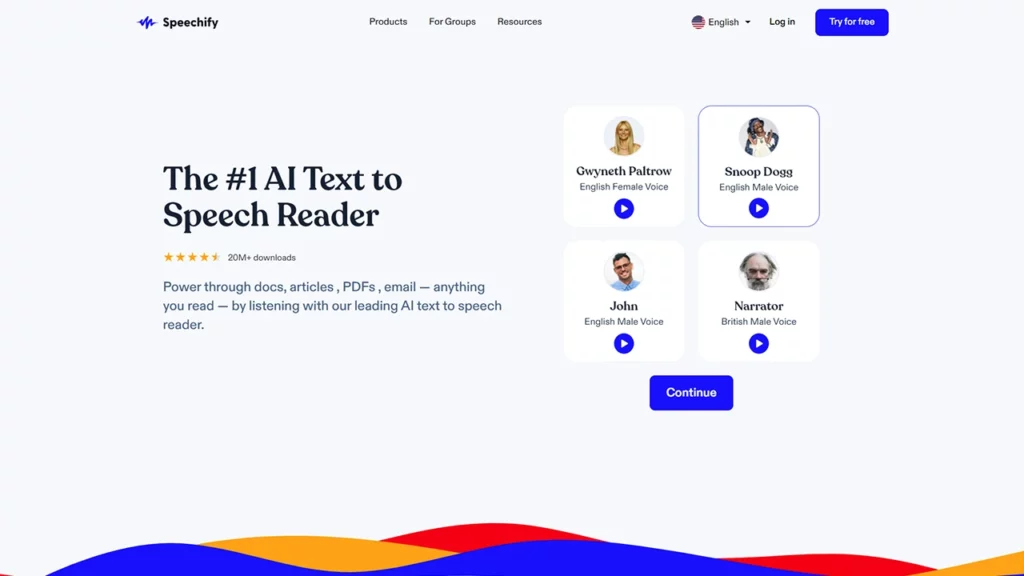
With its advanced text to speech and generative AI technology, Speechify Dubbing Studio allows users to translate any video into any language with just one click, empowering content owners to overcome language barriers and captivate a global audience. The platform offers an extensive library of synthetic voices that sound the most human-like than any other AI voices on the market. Furthermore, Speechify Dubbing Studio’s video editing integration makes it an ideal choice for content creators seeking a comprehensive dubbing service. Try Speechify Dubbing Studio for free and see how it can take your content to the next level.
DeepDub
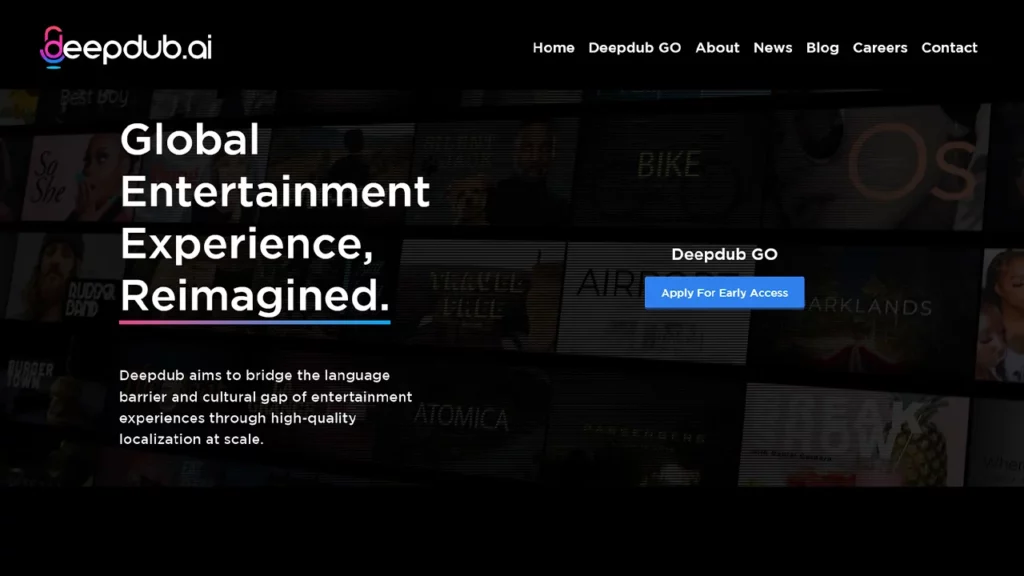
DeepDub is a series A-funded startup program known for its ability to synchronize and replace audio in videos with dubbed voices. However, one potential limitation is that the accuracy of lip-syncing may vary depending on the quality of the original video and the complexity of the lip movements. DeepDub might encounter difficulties when dealing with videos featuring rapid or intricate lip movements, resulting in less precise synchronization.
DubBot
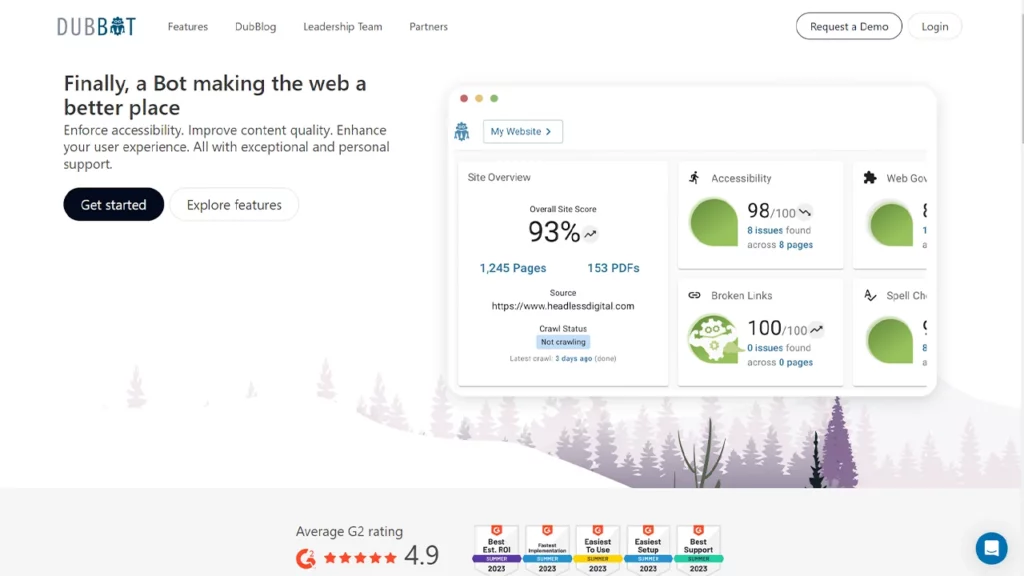
DubBot is an AI-powered dubbing program designed specifically for animated content. While it excels at matching lip movements of animated characters with dubbed dialogue, one drawback is that it may struggle with accurately capturing and replicating the unique nuances of human speech. DubBot's synthesized voices may lack the subtle intonations and emotional expressions that professional voice actors bring to the table, potentially leading to a less natural or immersive dubbing experience.
VoiceSync
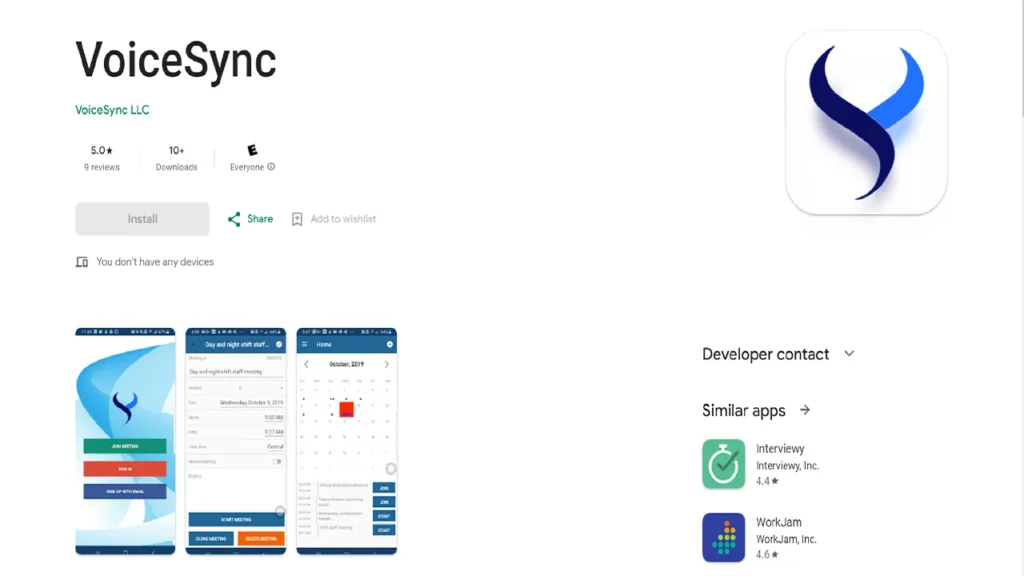
VoiceSync is an AI dubbing software specializing in lip synchronization for live-action movies or TV shows. However, it heavily relies on the quality of the original video footage. If the video quality is poor or if there are issues with lighting, camera angles, or facial obstructions, VoiceSync may face challenges in accurately analyzing the actor's lip movements. This can result in misalignment between the dubbed audio and the actor's lips, leading to an unnatural dubbing effect.
Dubverse
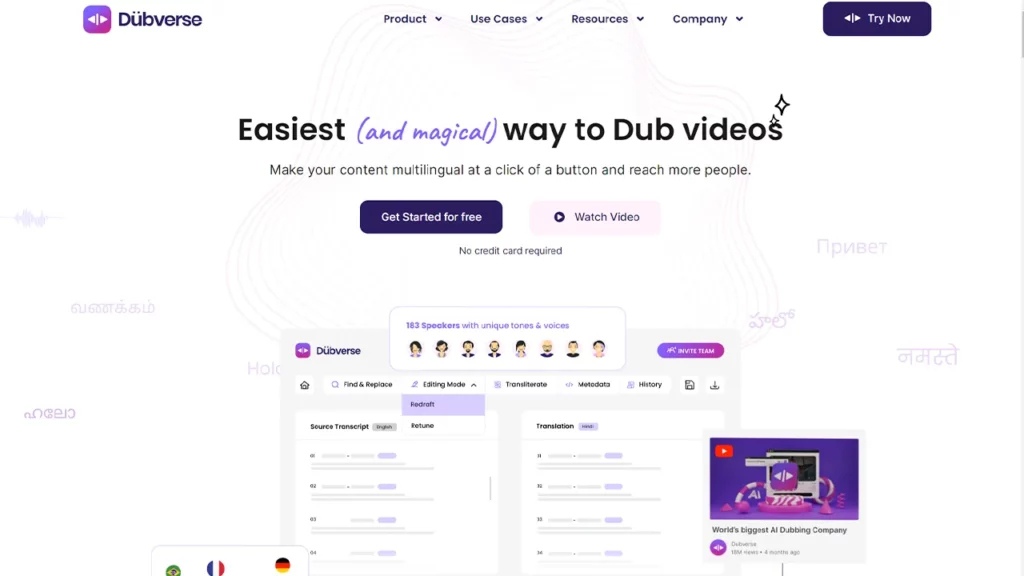
Leveraging cutting-edge artificial intelligence and speech synthesis technology, Dubverse AI dubbing enables the automatic translation, subtitling, and dubbing of audio or video content, ensuring that the original message and emotions are preserved in the target language. However, the platform only offers support for 30 languages.
Respeecher
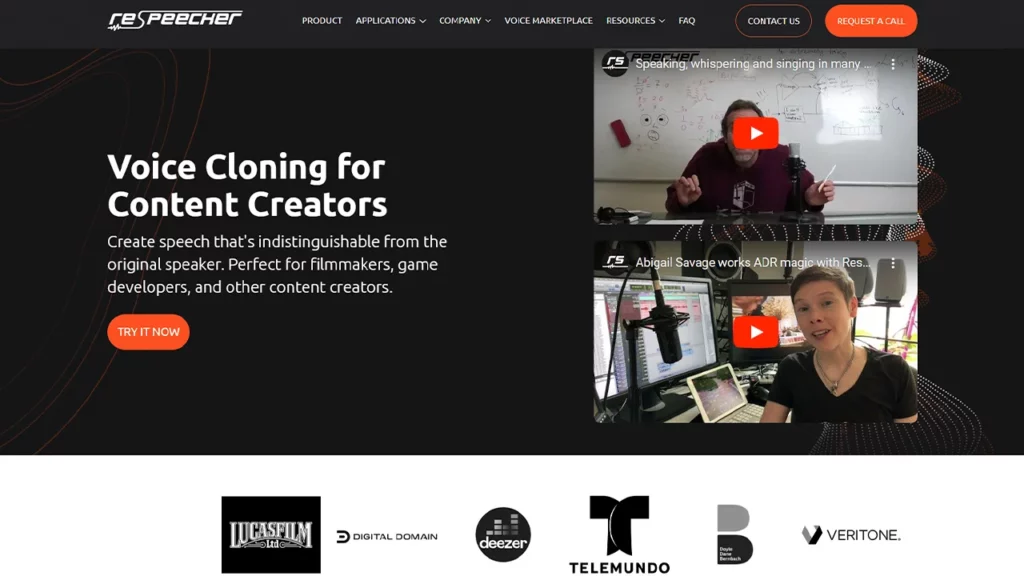
Respeecher is an innovative technology that can be utilized for dubbing purposes. Respeecher offers a unique approach to dubbing by manipulating the voice characteristics of an individual speaker. This tool allows for the replacement of the original voice in a video or audio clip with a different voice while still maintaining the natural lip-sync and timing of the original performance. However, this tool focuses more on voice cloning than dubbing.
FAQ
What are the use cases for dubbing?
Dubbing has multiple use cases, from expanding your YouTube’s reach to a new generation to connecting with diverse audiences through Indeed or showcasing Amazon product demonstration videos to new users.
What dubbed content does Netflix offer?
Netflix offers a wide variety of dubbed video content, including but not limited to anime and Korean dramas, also known as K-dramas.
What is the difference between subs and dubs?
Subs refer to subtitles, which are textual translations of the dialogue displayed at the bottom of the screen, while dubs involve replacing the original language with a translated audio track in a different language.





